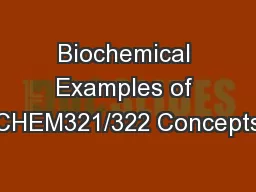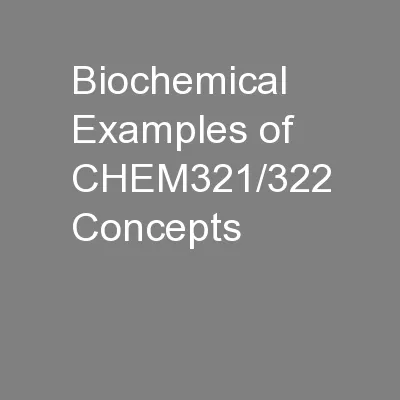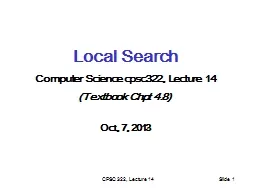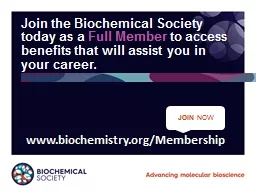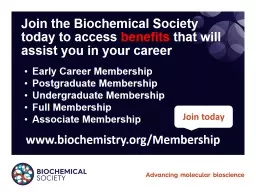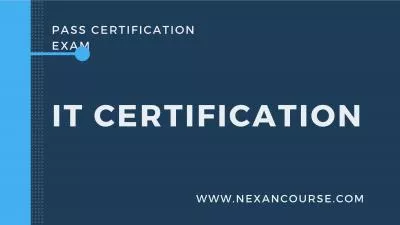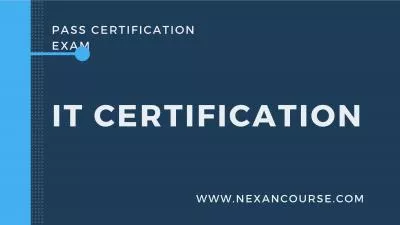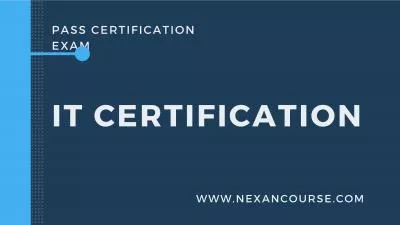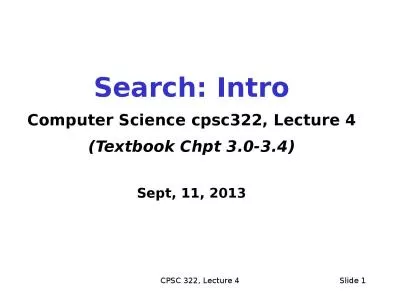PPT-Biochemical Examples of CHEM321/322 Concepts
Author : marina-yarberry | Published Date : 2017-03-28
Stereochemistry Many biomolecules including proteins carbohydrates and DNA are chiral A typical drug molecule acts by docking with a target biomolecule such as
Presentation Embed Code
Download Presentation
Download Presentation The PPT/PDF document "Biochemical Examples of CHEM321/322 Conc..." is the property of its rightful owner. Permission is granted to download and print the materials on this website for personal, non-commercial use only, and to display it on your personal computer provided you do not modify the materials and that you retain all copyright notices contained in the materials. By downloading content from our website, you accept the terms of this agreement.
Biochemical Examples of CHEM321/322 Concepts: Transcript
Download Rules Of Document
"Biochemical Examples of CHEM321/322 Concepts"The content belongs to its owner. You may download and print it for personal use, without modification, and keep all copyright notices. By downloading, you agree to these terms.
Related Documents

